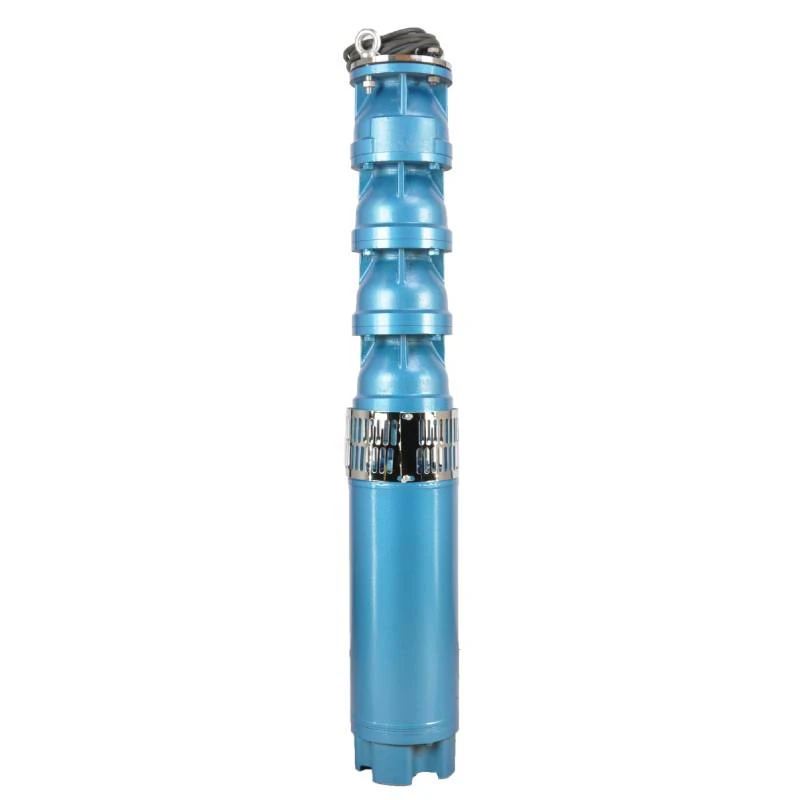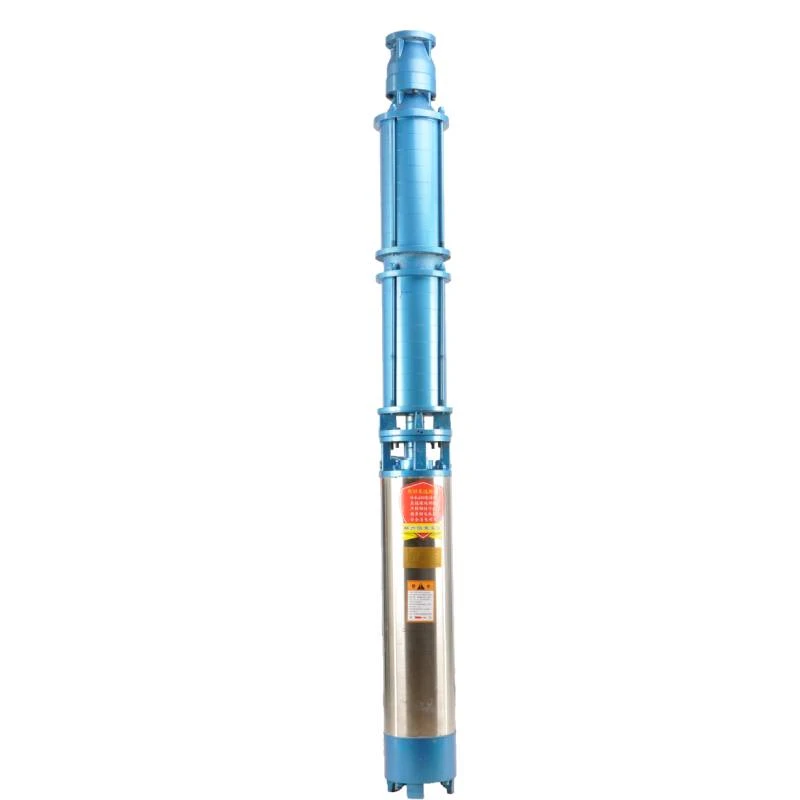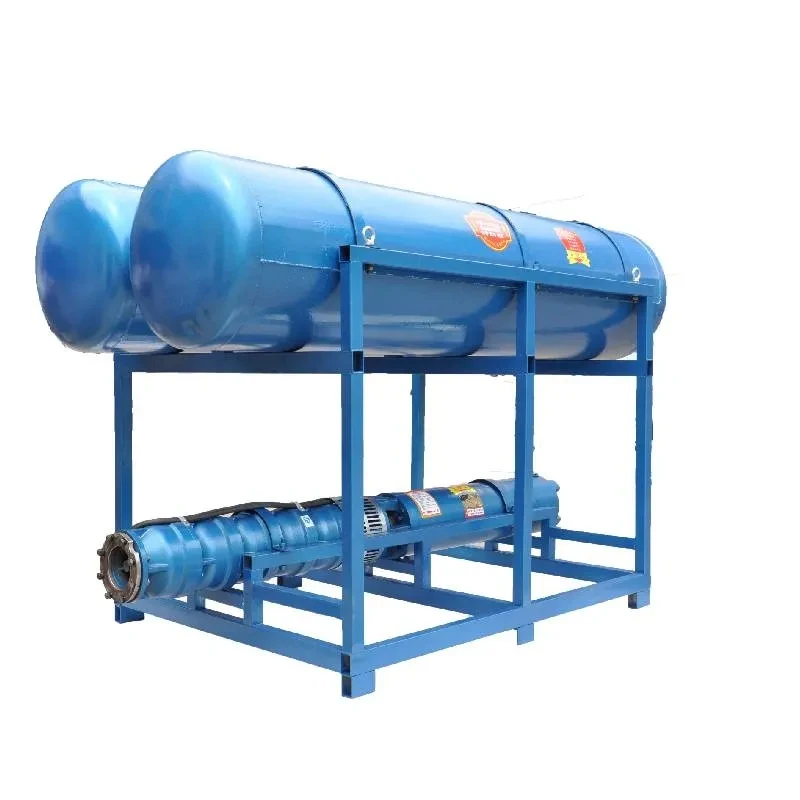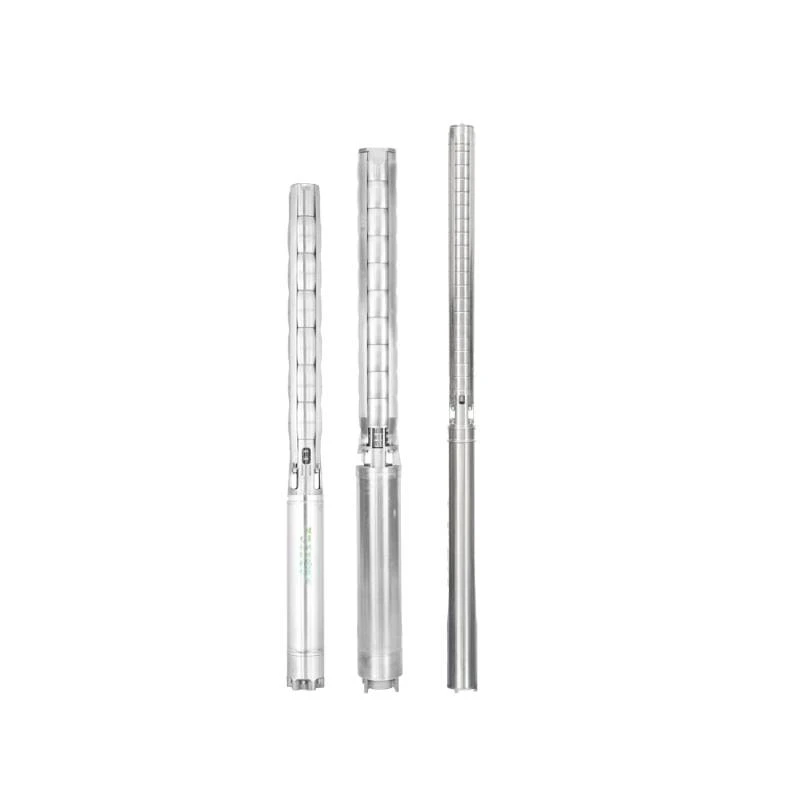ئاب . 25, 2024 08:48 Back to list
Is priming necessary for a submersible pump operation and performance?
When it comes to installing a submersible pump, one of the questions that often arises is whether priming is necessary. The answer can be somewhat nuanced.
Priming a pump refers to the process of filling the pump and suction line with water or the liquid it is meant to pump to prepare it for operation. In conventional centrifugal pumps, priming is crucial because these pumps rely on the liquid to create the necessary suction for operation. However, submersible pumps operate under different principles.
Submersible pumps are designed to be submerged in the fluid they are pumping. Since the pump is already below the surface of the liquid, it does not require priming in the traditional sense. When the pump is submerged, the surrounding water naturally fills the pump casing and the discharge pipe, allowing it to start pumping immediately without the need to manually fill it with fluid. This feature makes submersible pumps particularly convenient for applications such as draining flooded areas, managing groundwater, or irrigation systems.
That said, there are a few important considerations to keep in mind when using a submersible pump. While priming in the classical sense may not be necessary, ensuring that the pump is fully submerged and that there are no air leaks in the suction line is crucial. Air leaks can prevent the pump from operating effectively, and if the pump is not submerged enough, it may struggle to maintain its prime, leading to damage and inefficiency.
do you have to prime a submersible pump

Additionally, it’s essential to check the power supply and ensure that the pump is properly connected before submerging it. This includes checking the voltage requirements and making sure that any electrical connections are safe and secure.
In some cases, if the pump has been removed for maintenance, waiting a few moments before re-submerging it can allow any trapped air to escape, ensuring optimal performance upon restarting.
In conclusion, while submersible pumps do not require priming in the traditional sense, proper installation and maintenance practices are essential to ensure they function efficiently. Understanding the operational differences between various types of pumps can prevent mishaps and enhance the longevity of your equipment.
-
Troubleshooting for Water-Filled Submersible Pumps
NewsJun.04,2025
-
Troubleshooting for Floating Deep Well Submersible Pumps
NewsJun.04,2025
-
How to Choose SS Submersible Pump for Deep Well Applications
NewsJun.04,2025
-
Floating Deep Well Submersible Pump Cost: Factors Affecting Pricing
NewsJun.04,2025
-
Buying Guide for Deep Well Submersible Pumps
NewsJun.04,2025
-
Best Submersible Pumps for Agriculture and Irrigation
NewsJun.04,2025
-
 Troubleshooting for Water-Filled Submersible PumpsSubmersible pumps are essential for various applications, including irrigation, drainage, and water supply systems.Detail
Troubleshooting for Water-Filled Submersible PumpsSubmersible pumps are essential for various applications, including irrigation, drainage, and water supply systems.Detail -
 Troubleshooting for Floating Deep Well Submersible PumpsWhen it comes to reliable water extraction solutions, the floating deep well submersible pumps stands out as a top choice for both residential and industrial applications.Detail
Troubleshooting for Floating Deep Well Submersible PumpsWhen it comes to reliable water extraction solutions, the floating deep well submersible pumps stands out as a top choice for both residential and industrial applications.Detail -
 How to Choose SS Submersible Pump for Deep Well ApplicationsWhen it comes to deep well water extraction, selecting the right pump is crucial for efficiency, durability, and long-term performance.Detail
How to Choose SS Submersible Pump for Deep Well ApplicationsWhen it comes to deep well water extraction, selecting the right pump is crucial for efficiency, durability, and long-term performance.Detail
